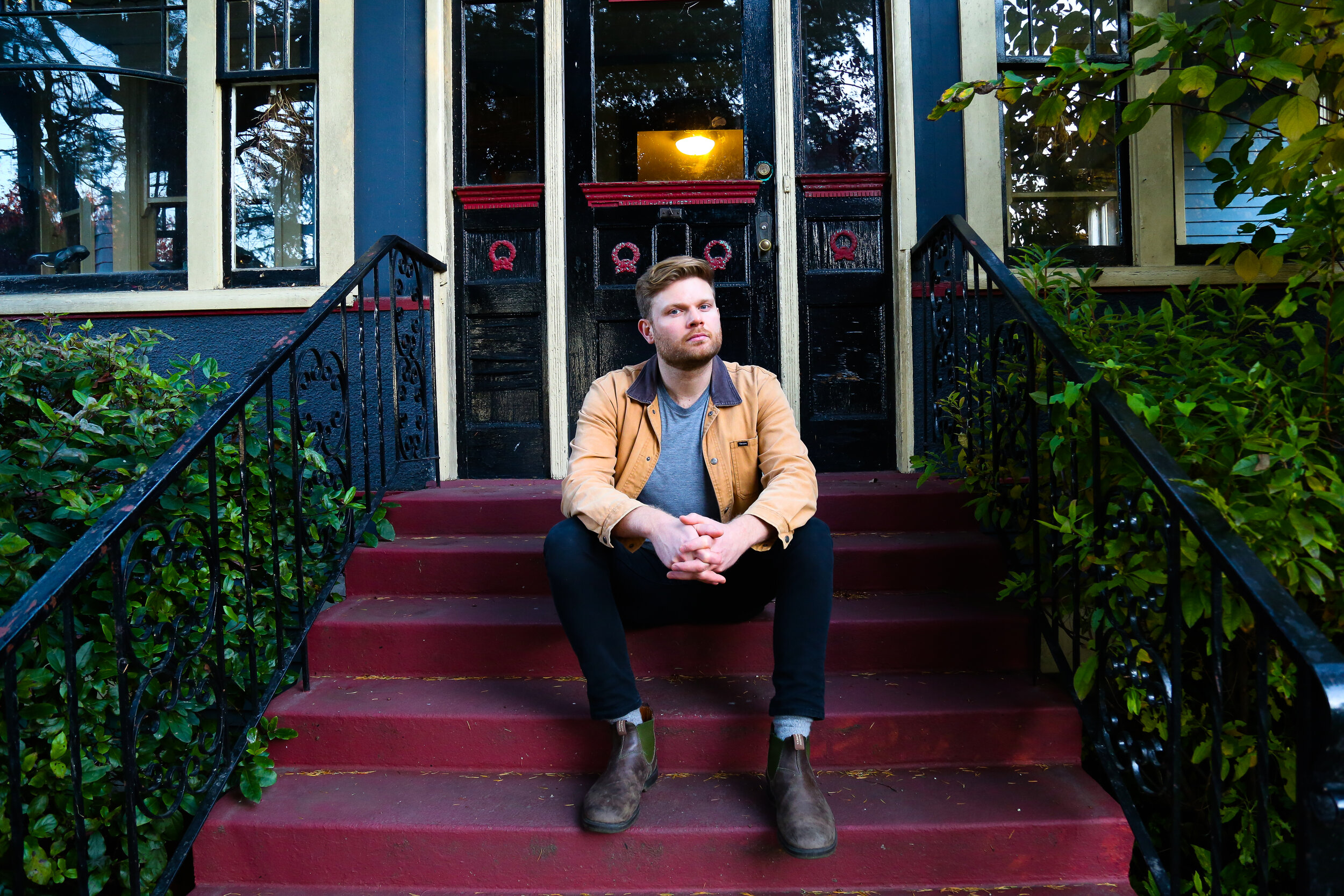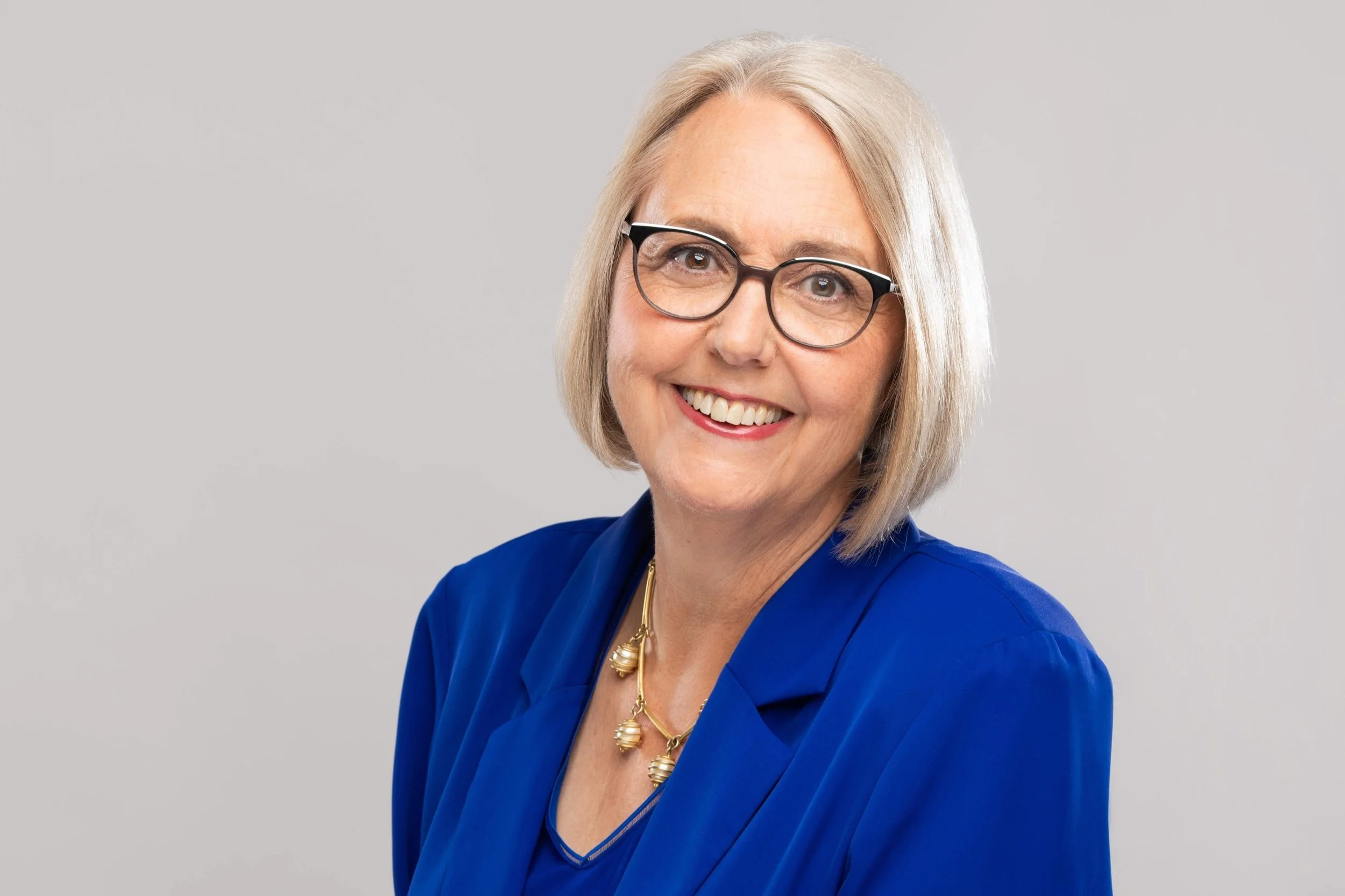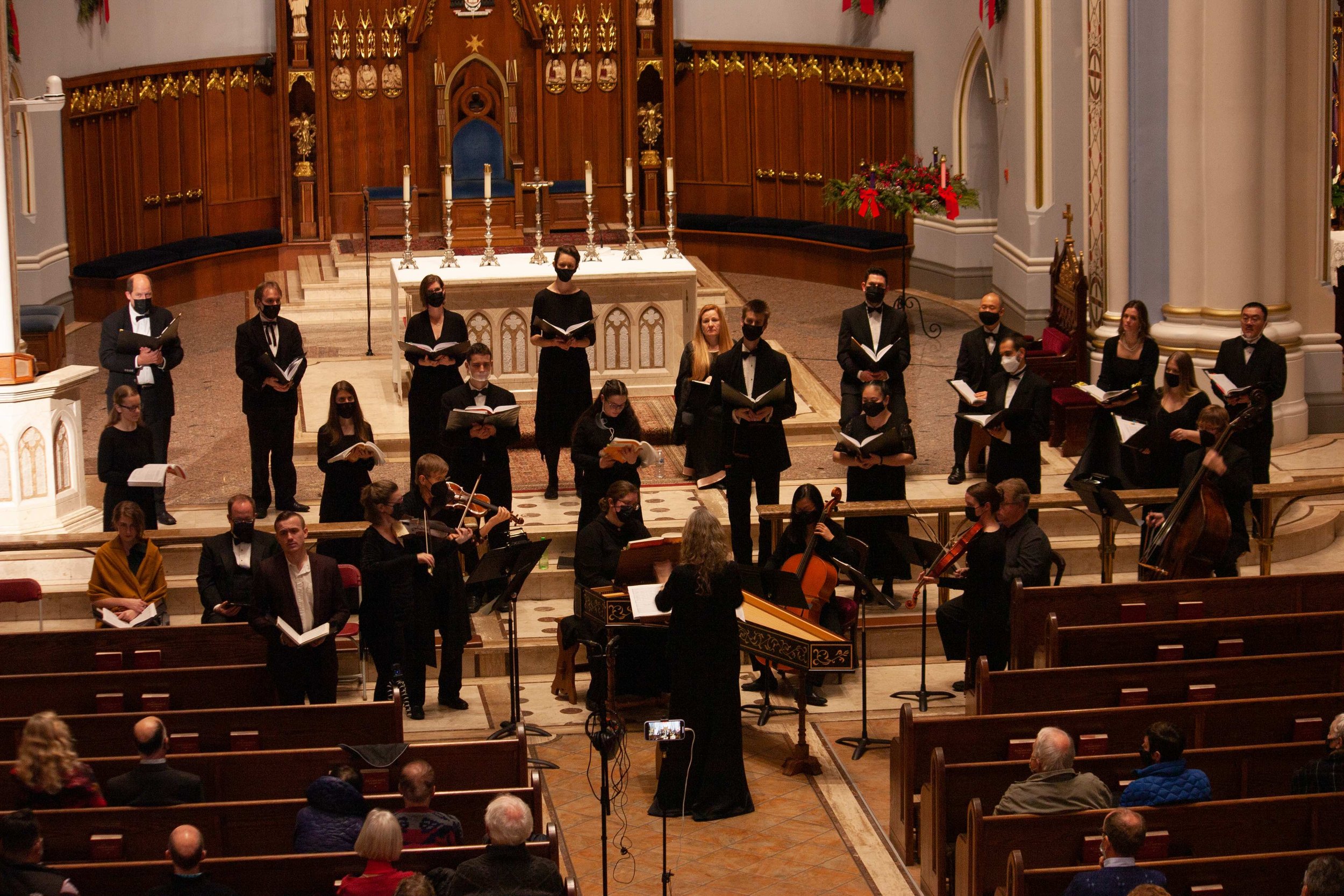Stir Q&A : Musician Corbin Murdoch invites you to spot Vancouver artists in new "The Best Place I Ever Lived" video
The singer, who doubles as Theatre Replacement managing producer, talks about the housing struggle and his favourite apartment
Corbin Murdoch. Photo by Rachel Tetrault
IT’S FUN TO PLAY “spot the Vancouver artist” with musician and Theatre Replacement managing producer Corbin Murdoch’s moving new video for “The Best Place I Ever Lived”. It’s the first release in the leadup to his new album, Blind Contour, in 2021—and the first music he’s made in almost seven years.
The heartfelt ode to Vancouver is also a bittersweet look at this city’s ongoing housing challenges. Just try not to relate to the lyrics “I was born into this city/Watched it grow up next to me/Barely 30 years Into its second century/Now construction cranes are clawing back/Another square inch of sky/Can’t remember when my city/Stopped looking me in the eye.”
Most fun for local arts fans is the fact that the video, shot by well-known local musician Sam Tudor, features 101 residents of Vancouver standing in front of the places they call home. And you’ll recognize many of them from local stages.
That’s in part because Murdoch has long connections with the local indie-arts community—and is helping to stage Theatre Replacement and the Cultch’s livestream version of East Van Panto, Panto Come Home!, at this very moment.
The fact that the video celebrates the talent living in our own back yard is even more resonant at this time, when we can’t go to local theatres to see them.
We asked him about the project, the housing market, the artists’ hustle, and giving thanks.
"The best place" seems a little ironic or bittersweet; tell us about your love-hate relationship, as a working artist, with Vancouver.
There is definitely some irony in the lyric, but the chorus is quite sincere: “all I ever wanted was somewhere to belong to”.
Vancouverites are hyper-aware of how our city is marketed to the world and also hyperaware of what the reality is for those who are struggling. The dissonance between those two things can feel pretty extreme. The result, for me, is that it sometimes feels like I am doing something wrong, or that I don’t belong. This song is about interrogating those feelings.
Feeling like you are unwelcome in the place you grew up, or the place you have spent decades trying to contribute to, can feel dispiriting. I think artists feel this particularly acutely because so much of what they have to offer is exactly the antidote that is needed, and yet so much of their work is unrecognized. It certainly isn’t recognized by the metrics that propel the housing market.
What saddens me-- speaking of metrics-- is that there is no way to calculate what we’ve lost or what we risk losing to the housing market. We all know people who have moved away, but we don’t know what the resulting net loss will be to the vibrancy of this place. Likewise, all we can do is imagine what artists would be able to accomplish if they didn’t have to hustle so hard just to make ends meet.
We need to keep celebrating what we do, but I think we also need to be better at articulating our losses and at expressing our grief.
What's the best place you've actually lived in, in Vancouver? Is there a worst?
For seven years I lived in a one-bedroom at the very top of an old heritage home on 18th and Manitoba. I spent most of my 20s there, and I remember it very fondly. It was very idiosyncratic and likely very illegal. Every wall was at an odd-angle and the antique radiators rarely worked, but it had amazing views of the mountains and my octogenarian landlord who lived downstairs slept soundly through all my parties.
Sadly, my landlord became unwell and his children got greedy. I was illegally evicted and it is now available for rent on Airbnb. Classic!
I’ve had pretty good luck with places over the years. Thankfully, no horror stories to share.
Photo by Rachel Tetrault
Why did it take seven years to make a new album? Did it have to do with your theatre work?
The hiatus was mostly intentional, but I didn’t think it would be so long.
For 14 years, I played in a band called The Nautical Miles. We released five albums over that time, the last of which was recorded in 2013. The band was a big part of my life for many years, and after our (very amicable) dissolution I wanted to take some time off to get a better sense of which aspects of music making I would miss, and which ones I wouldn’t. I busied myself with other projects. I finished my Masters, worked in cultural programming for a while, learned how to cook a lot better, and started working as Managing Producer of Theatre Replacement.
After a few years, I figured out that what I missed most was having a writing practice and I started trying to carve out time for that. But it’s hard to make time for these things, and I wasn’t particularly successful. Thankfully, about a year and a half ago Barbara Adler of Sawdust Collector approached me and asked if I would be a resident artist for their Fall 2019 season. I performed three times and tasked myself with premiering three new songs at each show. I managed to write eight. Seven ended up on the new record. I need a deadline, I guess.
How did COVID affect the content and production of the song, not to mention the video?
In the early days of the pandemic, I was talking to my friend Jesse Gander about how COVID had resulted in a bunch of cancelled gigs for both of us. We decided to book a couple of socially distanced sessions, mostly just for fun and to get us out of the house. We had a blast and two days turned into six, which turned into 10. Pretty soon it was clear we were working on an album.
As restrictions eased, we brought in a few guests (such as Tim Tweedale and Barry Mirochnick, who appear on “Best Place”). A recording studio is a great place to be during a pandemic since everyone is literally separated by sound-proof glass. Jesse was instrumental in making this project happen and I am so grateful to him. It was incredible to have a project to focus on in those strange, early-COVID days.
When I first came up with the concept for the video, I imagined taking portraits of people inside of their homes. It quickly became clear that that would be very challenging. We switched to outside, and I am so glad we did as I think it grounds the video in Vancouver so nicely. We shot the video over the course of three days. It was such a joy to catch up with so many friends, most of whom I hadn’t seen in six months. I hope some of that joy was captured.
How did you find the 101 people and are they all friends? Tell us about how you and Sam aimed to depict them with their homes, and was it a conscious decision to feature so many artists?
They are friends, or friends of friends. I put out a call on social media and was overwhelmed with the response (I guess people have lots of time on their hands!). We got way more people than we could ever shoot, so it became about who was available in which neighbourhood at what time. Lots of Google Mapping.
Sam Tudor is amazing to work with and I think he captured people so beautifully. Lots of folks have been asking for the footage to use as part of Christmas gifts or as an archive. We asked people to show up wearing whatever they wanted and told them they could pose however they wanted. The only instruction we gave was to think of the shoot like a passport photo. Invariably people would break out of that, which is when some of my favourite moments were captured.
I find the pairing of people and their homes quite compelling. I hope others do too. I like to think that people will recognize some of the faces as well as some of the places. A kind of intimate geography of our city.
I wanted the video to celebrate the reason why Vancouver remains such a great place to live: its people. Our city is often unfriendly to artists, and yet so many of them have dug in their heels and continue to make it work, against the odds. I think that their contributions to our city are still largely misunderstood and largely uncompensated. This is my way of giving thanks.















